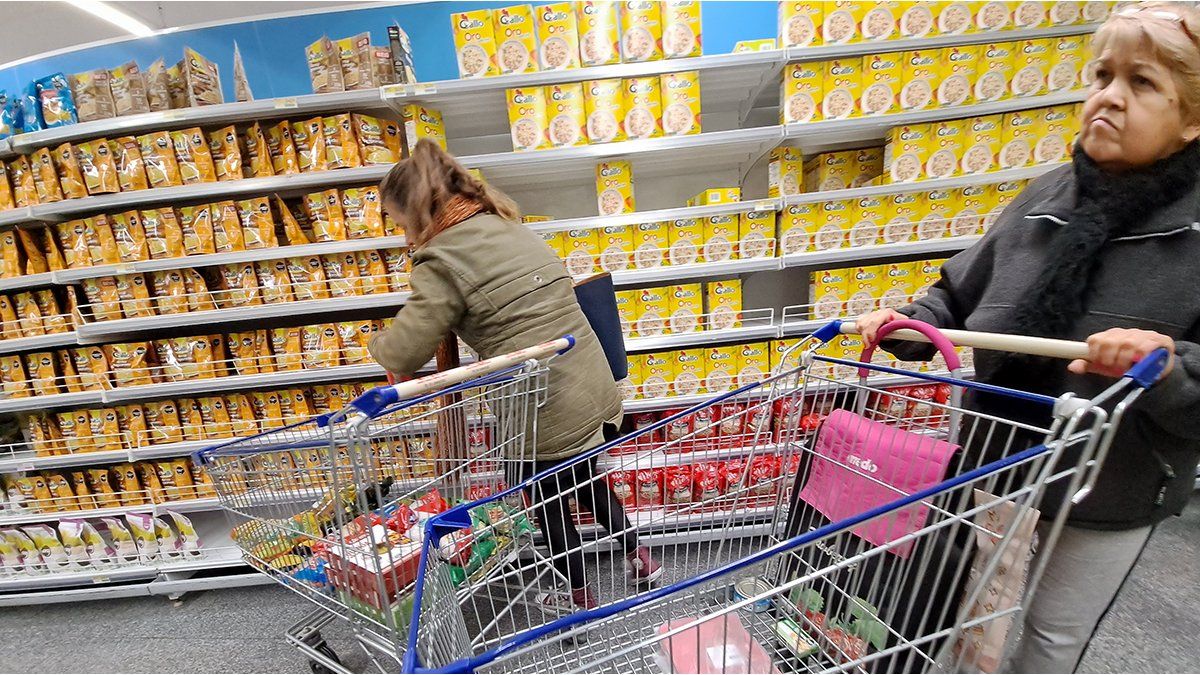Less than two months before the general elections, analysts’ eyes are on how will purchasing power arrive on October 22. After the 22% devaluation of the official exchange rate, the Government launched a series of measures to rebuild the income of wage earners, retirees and beneficiaries of social programs. The success or failure of this package, which they estimate will be equivalent to a fiscal effort of 0.5% of GDP, will depend on what happens with inflation in the coming weeks.
The expectation of the economic team is that in the future inflation will begin to slow down. After the strong transfer to prices that the devaluation implied in the third week of last month (4.1%), the weekly average began to moderate: 2.3% in the fourth and 1.9% in the fifth, according to the survey. of GCL.
The phenomenon is mainly explained by the renewal of price agreements with mass consumption products such as food, beverages and cleaning and personal hygiene items that will have a cap of 5% increases for the next quarter. This made large companies review their lists in supermarkets and wholesalers, but not in local businesses that have an increasingly large gap.
In the economic team they also point out as the main anchor for inflation the promise of a fixed official dollar at $350 until the elections, on what promotes agreements for other sectors, such as electronics, household appliances, cars and motorcycles, among others. This give and take is counterbalanced by tax reductions and the release of imports. In other words, dollars are needed.
The micro panorama combo is completed with a series of freezes: prepaid medicine, buses, trains, which have already been confirmed, and residential electricity and gas rates, where there was no official announcement, but which was made de facto by not updating the table. All these prices will remain fixed at least until November.
The question that solves the equation, until the end of October, is whether the Central Bank has enough dollars to support the official exchange rate at $350. The monetary entity bought US$22 million in the wheel of this Wednesday and accumulates a streak of 17 positive days. Although it is unknown how much of that balance is allocated or should be allocated to keep financial dollars at bay.
In any case, the bet of Economy at this time is the new version of the soybean dollar that sows some doubts in the market. From the industry they explain that the mechanism is not yet operational because some adaptations of the AFIP and the BCRA are missing and that, once it is operational, it will depend on each company whether or not to use this tool that allows them to keep 25% of the currencies. to settle them at a differential price.
In any case, they believe that the price of the oilseed, which has been rising for a few weeks, when the versions began, will have a new jump that will make the conditions more attractive for producers. Although it is also true that in a context of uncertainty, many are betting on selling “the minimum necessary”, as they said from the Rural Society. In government, they expect to raise an extra $2.5 billion.
Source: Ambito




